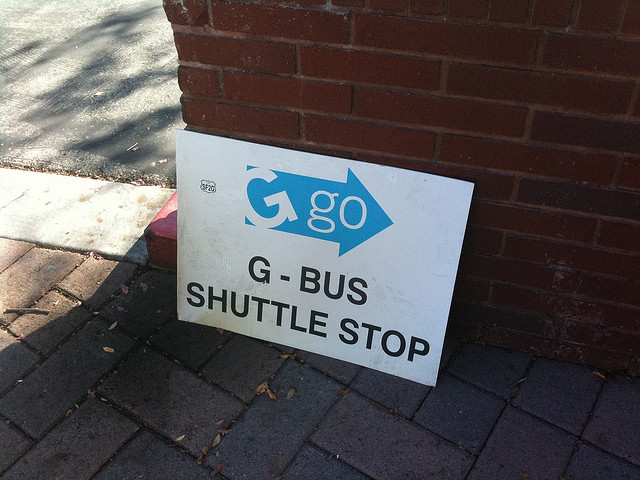One of the phenomenon of Silicon Valley’s development has been the rise of the ‘Google Buses’ – the private services run by the big tech companies to shuttle their workers between home and their workplaces.
The Bay Area’s private bus shuttles are a real time illustration of how regions evolve around industries and economies and how cities and communities are in many ways dynamic, living creatures themselves.
An effect of the Google Buses is that San Fransisco is experiencing a ‘reverse sprawl’ notes Eric Rodenbeck in his Wired Magazine story Mapping Silicon Valley’s Gentrification Problem Through Corporate Shuttle Routes
It’s about more than gentrification as we’ve experienced it thus far: It’s about an entirely reconfigured relationship between density and sprawl, and it’s going to need new maps to help us navigate this landscape.
Driving those buses is instructive as well and Buzzfeed has an interview with an anonymous driver employed by one of the bus companies. The driver’s tale shows the scale of the phenomenon.
This bus holds 52 people and that is 52 cars that are not on the road in one trip, and we have 70 routes in our system. That’s thousands of cars everyday.
Driving cars is fundamental to the American – and Australian – lifestyle. The modern American city developed around the motor car and that mobility is the defining feature of the Twentieth Century.
So maybe the Google Buses are an early part of the redefinition of our cities to meet the the needs of the 21st Century and cars are not the driving factor.
In this vein, Jarrett’s Walker’s Human Transit blog teases out some of the issues behind these developments.
Finally, this joke is on the lords of Silicon Valley itself. The industry that liberated millions from the tyranny of distance remains mired in its own desperately car-dependent world of corporate campuses, where being too-far-to-walk from a Caltrain station — and from anything else of interest — is almost a point of pride. But meanwhile, top employees are rejecting the lifestyle that that location implies.
While I don’t agree with Jarrett’s proposition that the geeks riding these buses want to mingle with strangers given the locations they live – I’d argue they’re attracted to those locations because their peers live there and downtown amenity to good restaurants and bars – he raises a very good point about the mismatch between where the workers and the jobs are.
Jarrett’s point touches on land use zoning and its effects on the evolution of cities. An excellent piece by Alexis Madrigal in The Atlantic tracked Silicon Valley’s iconic techonolgy sites, most of which have been demolished due to the pollution partly caused by zoning requirements for underground tanks.
The issue of zoning is also raised by Rodenbeck who points out that zoning issues with carparks are what has made employee buses more attractive to the giant tech employees.
Zoning different land uses makes sense on one level as no-one wants to live next door to a tannery, heavy metal waste dump or quarry, but there’s a risk with fixed ideas that our cities will become less responsive to economic developments, particularly in an era when people don’t want to, or can’t, dive across town to get to their jobs.
What Silicon Valley’s corporate buses really show is that our cities are evolving around the needs of today, not yesterday. It’s something governments, businesses, investors and communities should keep in mind.
Image of Google shuttle bus stop from David Orban through Flickr
